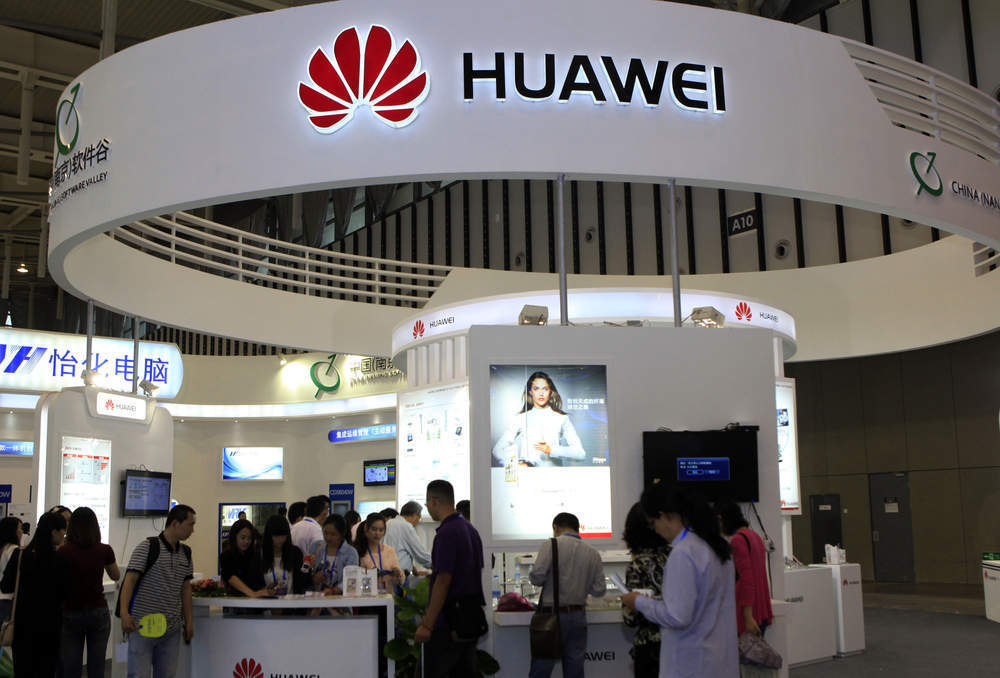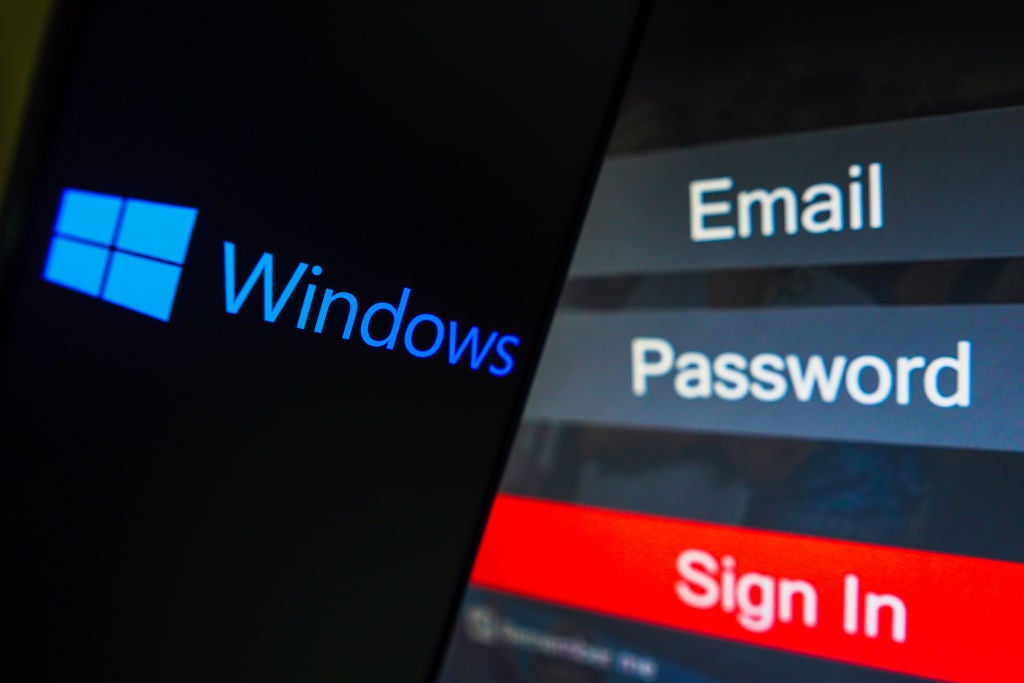
For largely political reasons, Huawei’s participation in US telecoms and IT markets has been limited. New opportunities on the horizon may change that.
While many other telcos are struggling, Huawei continues to grow.
And it’s not just company’s younger businesses like handsets and enterprise.
While those businesses recorded growth of more that 40 percent in 2016, even Huawei’s traditional telecom business grew by more than 20 percent, making it the biggest player in telecom.
But, for all of its success, Huawei hasn’t been able to penetrate the US market.
You can attribute this to the buying preferences of US carriers and political pressures which make it untenable for US carriers to work with major Chinese firms.
How well do you really know your competitors?
Access the most comprehensive Company Profiles on the market, powered by GlobalData. Save hours of research. Gain competitive edge.

Thank you!
Your download email will arrive shortly
Not ready to buy yet? Download a free sample
We are confident about the unique quality of our Company Profiles. However, we want you to make the most beneficial decision for your business, so we offer a free sample that you can download by submitting the below form
By GlobalDataRegardless, the US has been a weak spot for the telecom behemoth.
These two things could be about to change that.
Citizens Broadband Radio Service
CBRS is the moniker given to a new spectrum sharing scheme in the US around the 3.5 GHz band.
Rather than allocating exclusive licenses, spectrum will be shared across incumbent government users, general access users and those who purchase the rights to preferential access.
Fixed and wireless carriers, alike, look to be interested in the opportunity, with LTE being the preferred technology to take advantage of the spectrum.
For Huawei, the opportunity is about more than just proving out a new spectrum allocation scheme.
It’s about potentially breaking into the US by selling LTE technology into new customer segments: enterprises, smaller operators, fixed operators looking to compete in wireless.
A recent approval to run a CBRS demo for Comcast suggests this is more than just wishful thinking.
Rural broadband
One component of US president Donald Trump’s proposed infrastructure program is funding for rural broadband.
That’s welcome news for the unconnected in rural America.
It could even better news for Huawei.
Given their size, smaller service providers in the US have had more flexibility to work with Chinese carriers; if working with Huawei was really considered a security threat, smaller carriers represent less of a threat.
What’s more, the incentive to engage Huawei may be even greater where these carriers don’t have the deep pockets of larger competitors and Chinese vendors can be cost competitive.
Add in the fact that Huawei is a fixed access market heavyweight and has been driving fixed wireless solutions and the connection is clear.
Huawei’s success is far from assured, however.
The company will need to roll out solutions, including concerted sales and marketing efforts.
Yet, the stakes are high – the US is a major market – and Huawei has maintained a presence in the market recognising that success would require a long-term focus.
That focus may be about to pay off.








Related Company Profiles
Comcast Corp